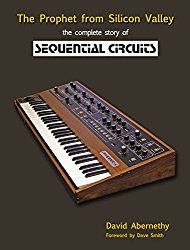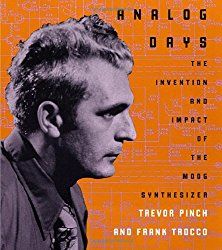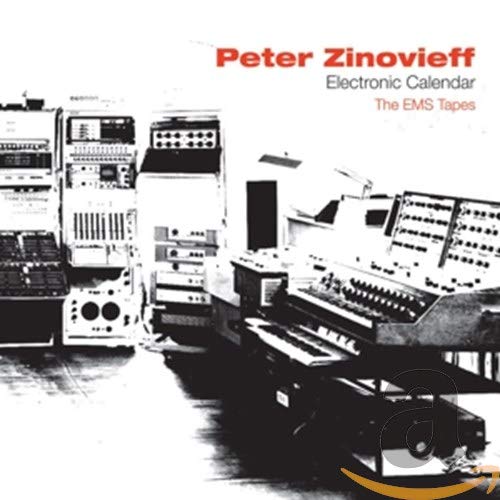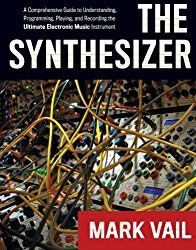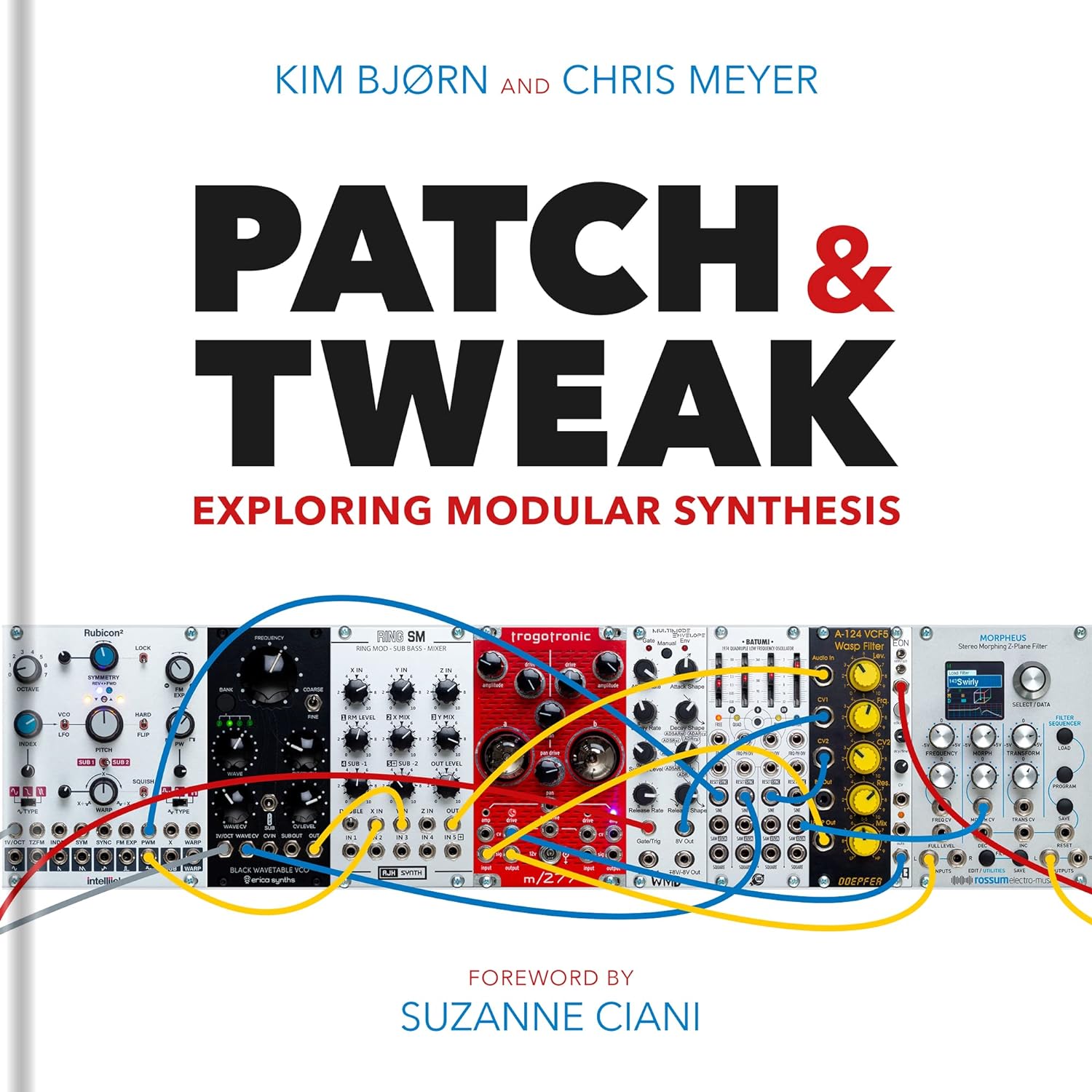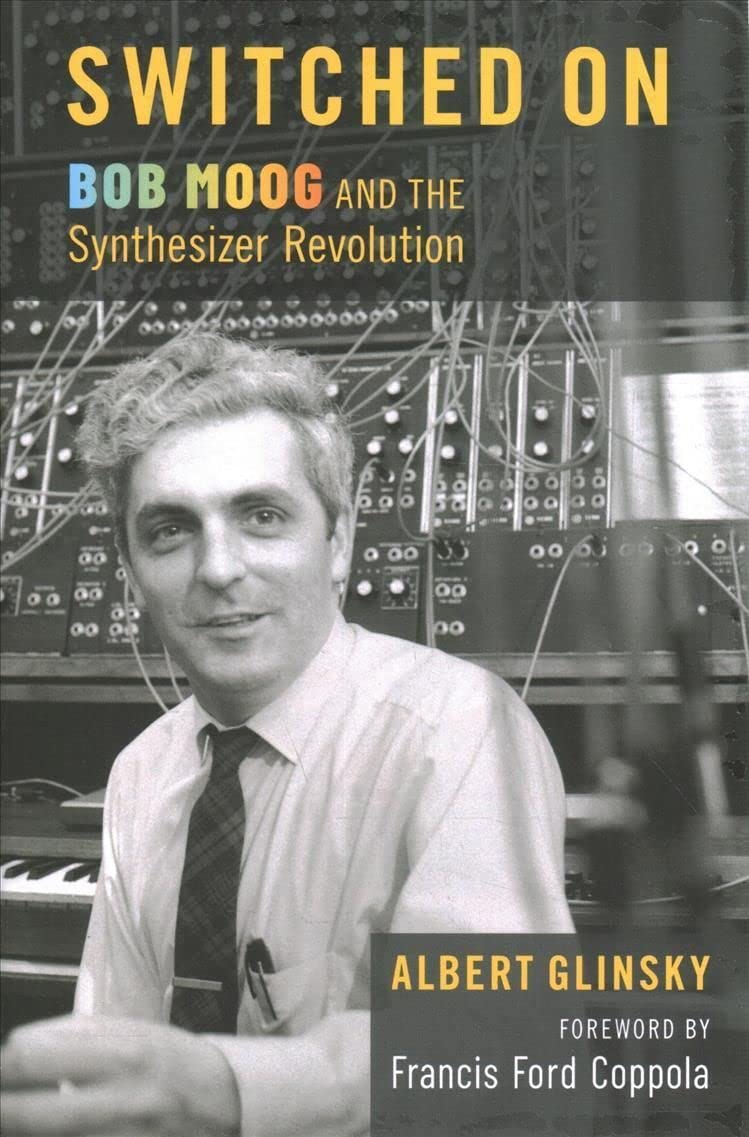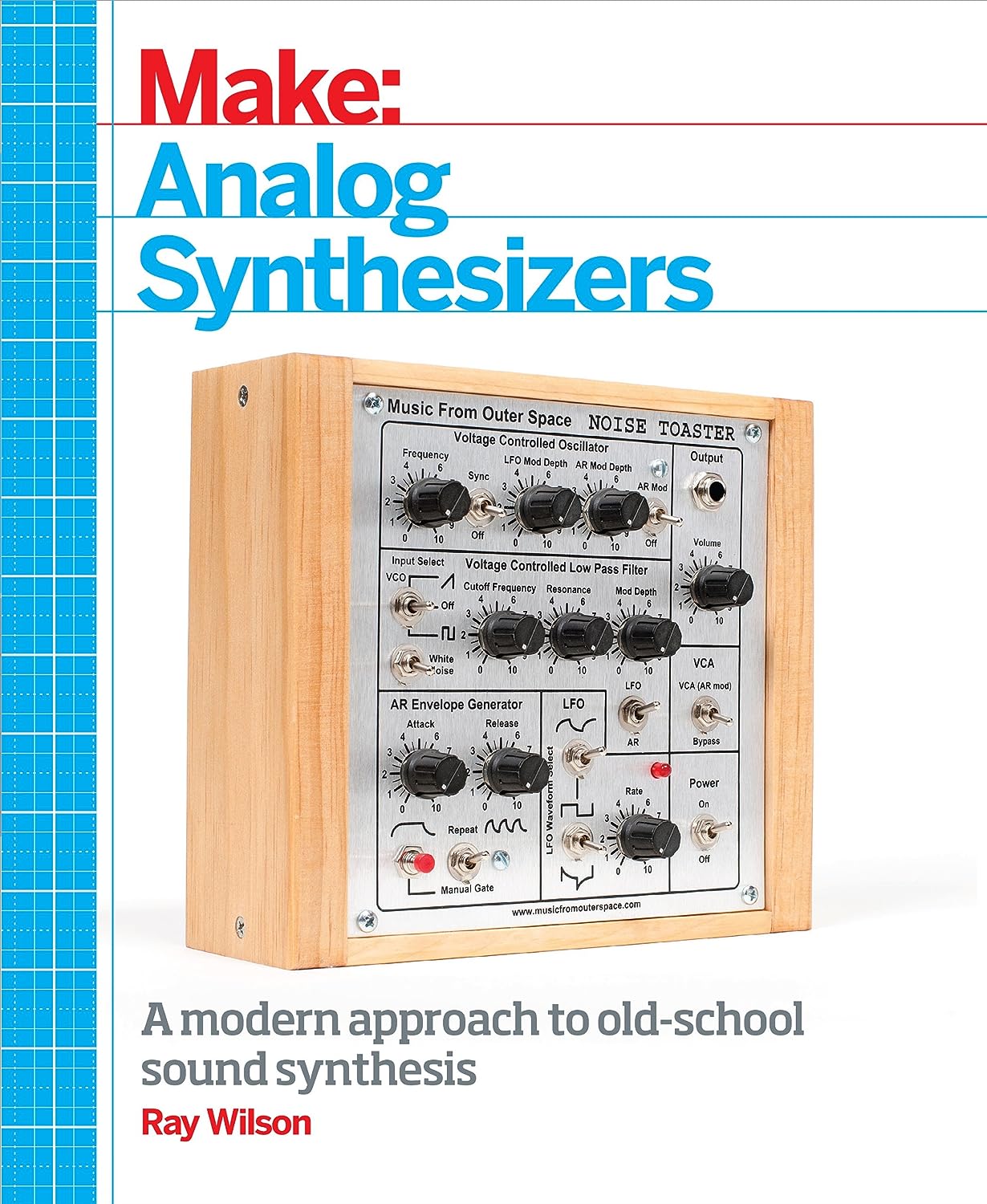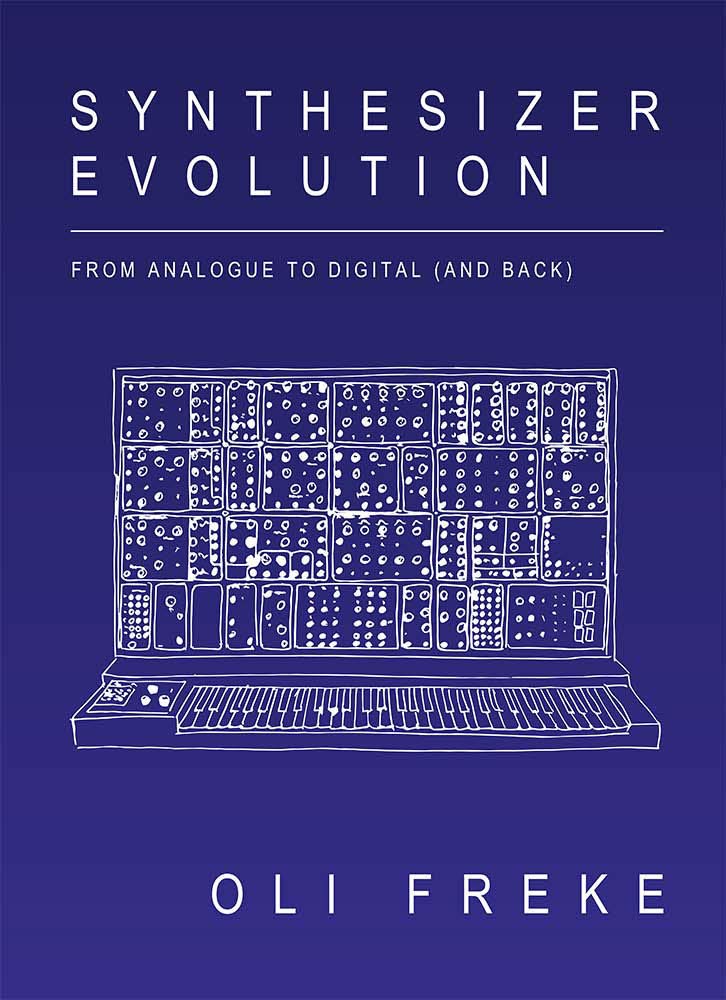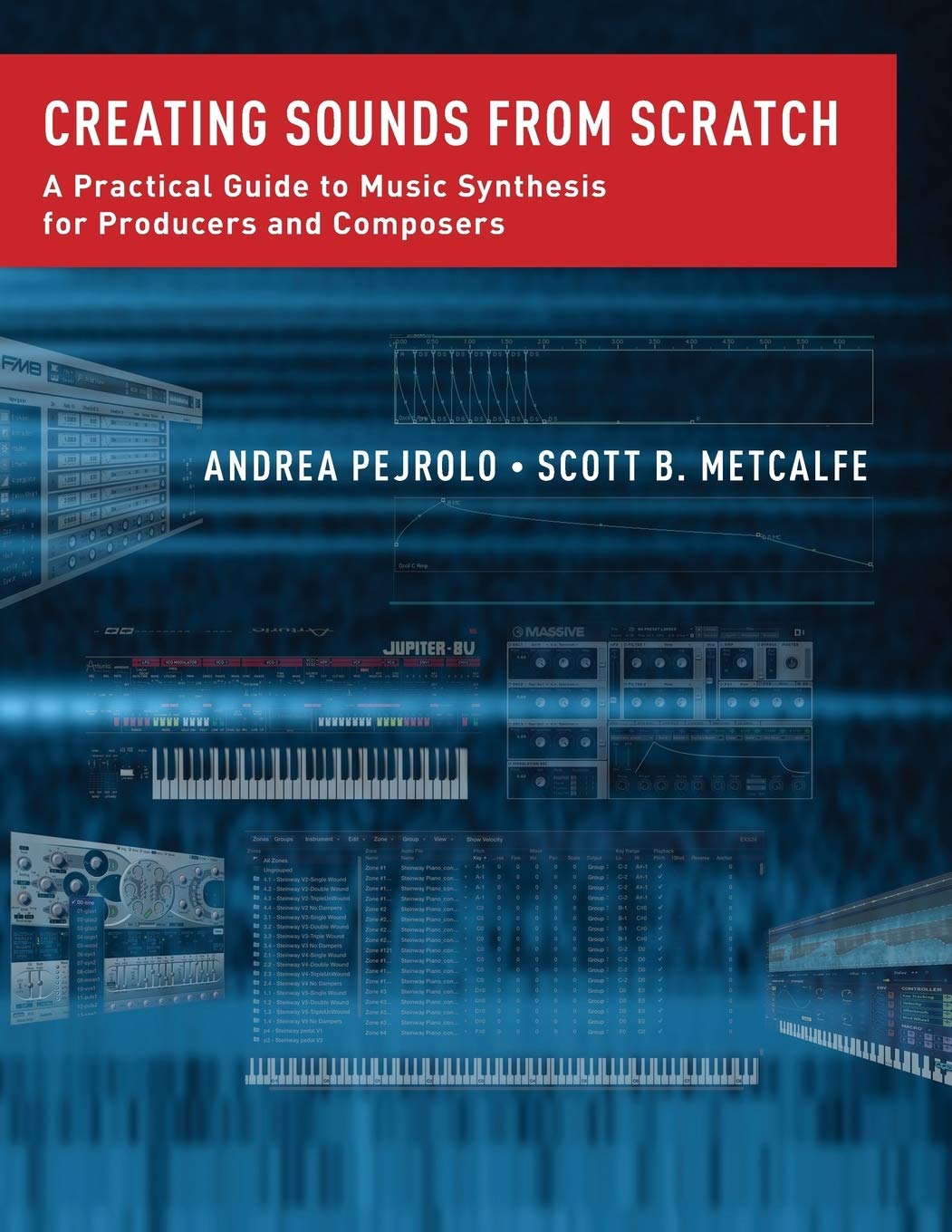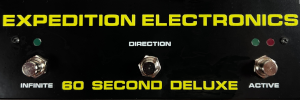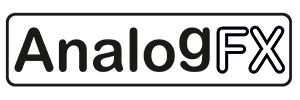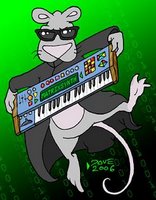video upload by Craig Padilla
From below:
This music was created without the use of sequencers; all of the background music was recorded in real-time on reel-to-reel tapes. I used a Kawai K1 synthesizer, a Siel DK-80 synthesizer, and a Roland TR-505 drum machine. A Peavey AddVerb II was also used for effects. For this show, I was loaned a portable Casio Midi Controller, which I connected to the Kawaii synth to use for the song "Destiny's Flight.""Please consider donating a much appreciated monetary tip to:
PayPal.me/CraigPadillaMusic
Notes from Craig Padilla:
This was my first public performance on June 8, 1990. It was at the Shasta College Theatre in Redding, CA, and it was my college final project for my Creative Sound Design class. Many people involved with the theater department helped out with this project.
I came from a theatrical background, and I had been used to facing the audience, which is why I performed while facing the audience during this show. My Uncle Joe saw this video and suggested that I should perform sideways so that the audience can see what I'm playing. Thanks to that advice, I've been performing that way ever since. This concert is the only time that I've performed while facing the audience.
This music was created without the use of sequencers; all of the background music was recorded in real-time on reel-to-reel tapes. I used a Kawaii K1 synthesizer, a Siel DK-80 synthesizer, and a Roland TR-505 drum machine. A Peavey AddVerb II was also used for effects. For this show, I was loaned a portable Casio Midi Controller, which I connected to the Kawaii synth to use for the song "Destiny's Flight."
Please be mindful of the visual quality of this video. It has been remastered from standard definition and upscaled to 1080p HD with audio remastered from a chrome stereo cassette tape. I am fortunate that it looks and sounds as good as it does.
The original broadcast video aired on Redding Community Access TV in 1990 and 1991. It was shot on VHS tapes from two camera angles and edited on a Super VHS tape. Unfortunately, the audio on the broadcast video was recorded from the main onboard camera microphone, which had a muddy sound. (At the time, I thought that it was better to use that audio than to have no publicity for my music.) 35 years later, thanks to current technology, the stereo audio from the master cassette tape has replaced the original audio track. It has been pitch-corrected to sync up with the video, which is something I never thought would be possible! The video was also enhanced to brighten some of the shots.
There is a small black bar on the second camera angle, and that was to cover up a graphic date that was imbedded in the video of that camera. I had decided that the black bar was less distracting than a graphic on the screen whenever I switched to that camera.
I am fortunate that I knew people who would loan me their cameras for this performance, and equally thankful to my friends who offered their time to operate the cameras!
Matt Denton, a long time friend from high school, was the main camera operator. I met Bryan Arnold while attending college. Bryan loaned me his Kawaii synthesizer for the music, and was the second cameraman who had to briefly step away to perform a song. T. Owen Smith designed the light show, and he suggested that I throw a flame out of my hand at the end of the last song. I had known Dwight Husted since high school, and he was the lighting operator who ran the light-show. My college friends, Jeff Yarnell, Karen Wodsack, and Dale Gipp, were the stage crew who also contributed the idea to use actors in body bags and dress as aliens for a song. And Dale Kilpatric helped me produce the show, and he performed with his amazing classical guitar for a song. (More people helped, and their names are listed in the end-credits of the video.)
Over 100 people attended the performance which was a benefit for the Shasta Summer Theatre Festival. I give many thanks to DJ Ron Dare for hugely promoting my music on his radio show, "KCHO's Music for A New Age" in 1989 and 1990 (and years beyond that). Also, thanks to Robert Soffian, the head of the theater department, for allowing me to not only act in his plays, but to also have me record many songs for the various theatrical productions during that time. And many thanks to everybody who helped to make this concert possible so many years ago.
Extra big thanks to everybody who supported my music then and continues to support it now.
Song list:
00:00 - KCHO DJ Ron Dare Announcement
02:30 - Shanda's Song
08:05 - Waltz of the Planets (dedicated to my friend Derrick Guderian)
14:15 - Spanish Journey (featuring Dale Kilpatric on guitar)
19:50 - Destiny's Flight (dedicated to my Grandmother)
30:43 - Path of the Falling Stars (featuring Bryan Arnold)
36:00 - UFO Theme
42:05 - Other Beings (featuring many theater friends)
47:45 - Journeys through Space
A 24-bit download of this performance will be available at www.CraigPadilla.com [https://craigpadilla.bandcamp.com] in November 2025."












